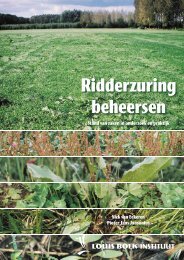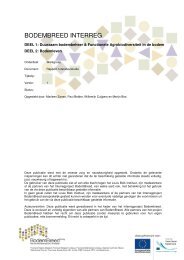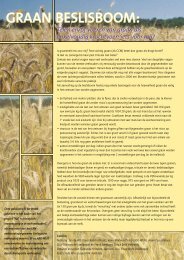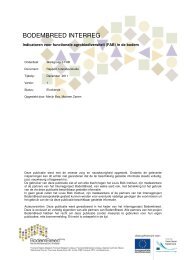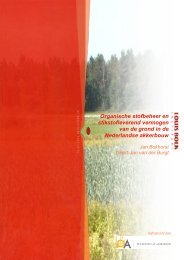Respiratory System Disorders and Therapy From a New - Louis Bolk ...
Respiratory System Disorders and Therapy From a New - Louis Bolk ...
Respiratory System Disorders and Therapy From a New - Louis Bolk ...
Create successful ePaper yourself
Turn your PDF publications into a flip-book with our unique Google optimized e-Paper software.
2. Clinical Signs <strong>and</strong> Symptoms in Patients<br />
with Asthmatic Disease <strong>and</strong> Pneumonia<br />
In this chapter, we will introduce three characteristic cases of airway disease. The first<br />
patient has an acute asthma attack, the second patient is a chronic asthmatic, <strong>and</strong> the third<br />
patient has acute pneumonia. Using their signs <strong>and</strong> symptoms <strong>and</strong> the pathophysiology<br />
of asthma <strong>and</strong> pneumonia, we will explain the characteristics of asthma <strong>and</strong> pneumonia<br />
as typical respiratory diseases. Evaluating the signs <strong>and</strong> symptoms in view of functions of<br />
the respiratory tract, is the first step using the Goethean phenomenological method. It<br />
places these diseases within a larger perspective of polarity.<br />
2.1. The Acute Asthma Attack<br />
A 40-year old slender woman is sitting up straight in her bed complaining that she can<br />
hardly breathe. It is 11.30 PM. Her eyes are pronounced <strong>and</strong> she is wide-awake. She is<br />
short of breath <strong>and</strong> looks anxiously to the people around her for support. The shortness<br />
of breath forces her to speak in short sentences <strong>and</strong>, in between them, she needs to take<br />
a breath. While speaking, she does not move much, <strong>and</strong> the little movement she makes<br />
is brief <strong>and</strong> stiff. Her inhalation is eager. She cannot breathe out freely. Her expiration<br />
is accompanied by a tight wheeze, takes a great deal of energy, <strong>and</strong> is ineffective. The<br />
thoracic wall is caught in inspiration; it hardly moves. The breathing muscles <strong>and</strong> accessory<br />
breathing muscles are clearly visible <strong>and</strong> feel tense. The musculature of neck, back, <strong>and</strong><br />
legs is also tight. She tends to have a constant, irritated cough that is not productive. The<br />
excursions of her thorax are greatly diminished.<br />
She is on edge <strong>and</strong> slightly bent forward. Even though she is obviously tired, she is not<br />
able to fall asleep. When she speaks, her voice is strained. This is not her first asthma<br />
attack. She has had severe asthma since childhood.<br />
On auscultation, we can hear the typical wheeze, as well as dry, sharp, spastic-sounding




